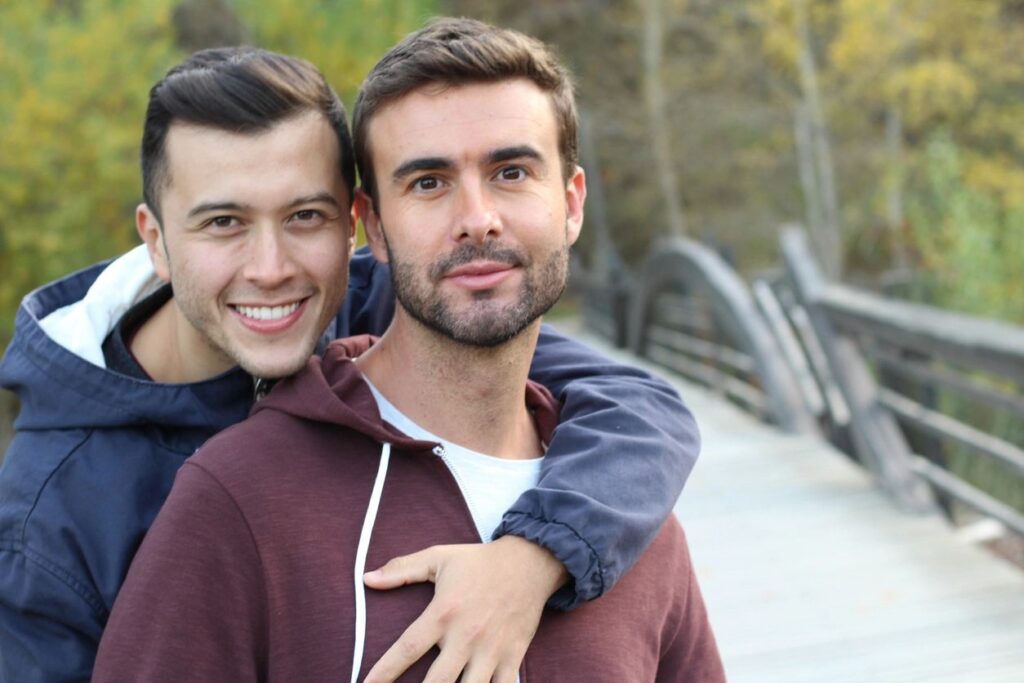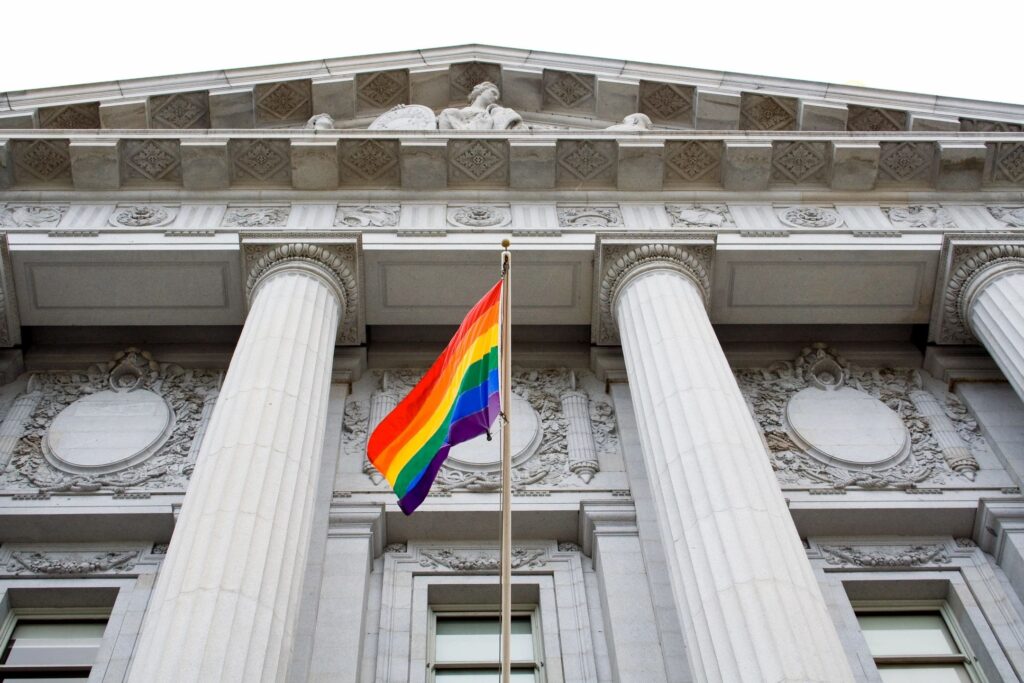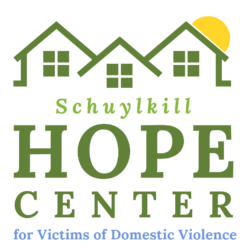LGBTQ+ Community
KNOW THE SIGNS
Domestic violence can occur regardless of gender identity or sexual orientation. Many of the same tactics used by abusers in heterosexual relationships are also used against victims in same-sex and transgender relationships.
However, LGBTQ+ survivors experience additional tactics of power and control. These include:
- Telling the victim they will not be believed because of biases, and/or that they don’t have the support of their family and friends because of their gender or sexual identity
- Convincing the victim that services are not available to them because of their sexual orientation or gender identity
- Threatening to “out” the victim
- Restricting or withholding medication or treatment, for example, hormones for someone who is transitioning

KNOW THE FACTS
- Less than 25% of those who experience dating violence in the LGBTQ+ community ever report the abuse
- 4.8% of lesbian women and 61.1% of bisexual women have experienced rape, physical violence, and/or stalking by an intimate partner at some point in their lifetime
- 26% of gay men and 37.3% of bisexual men have experienced rape, physical violence, and/or stalking by an intimate partner at some point in their lifetime
- Transgender victims are more likely to experience intimate partner violence in public, compared to those who do not identify as transgender
- Bisexual victims are more likely to experience sexual violence compared to people who do not identify as bisexual
- 11% of these intimate violence cases reported in NCADVP’s (National Coalition Against Domestic Violence) 2015 report involved a weapon
GET HELP
The Schuylkill Hope Center accepts and helps everyone regardless of their gender identity or sexual orientation. Call our 24/7 hotline at (570) 622-6220 OR (800) 282-0634, or text HOPELINE to 20121 M-F 9AM-5PM.
Here are some other resources regarding the LGBTQ+ community and DV:
- The Pennsylvania Coalition Against Domestic Violence
- National Coalition Against Domestic Violence
- The Gay & Lesbian Alliance Against Defamation
- The Trevor Project’s Guide to Being an Ally to Transgender and Nonbinary Youth
- Love is Respect
- The National LGBTQ Task Force
- The LGBTQ Domestic Violence Awareness Foundation

